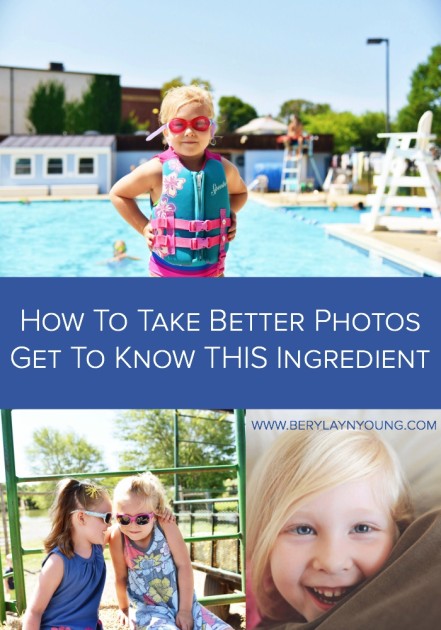<<The following is an excerpt on aperture from Momtography Online. Want access to the next class round and learn how to take better photos? Get details on upcoming classes HERE!>>
Random fact about me: I’m a terrible baker. One of the most challenging ingredients I’ve ever had to work with in my baking efforts has been yeast.
Yeast—that amazing, difficult ingredient—is the key to fluffy, light breads.
However, yeast asks for several specific things in exchange for its magical dough-raising work; it requires the right temperature in the mix and in the room (neither too hot, nor too cold), something sweet to eat (sugar or honey, for example) and time to do its important work. Yeast may present a challenge to the novice baker, but when it is doing what it does best, every bit of hassle you’ve been through to help keep it happy becomes worth it!
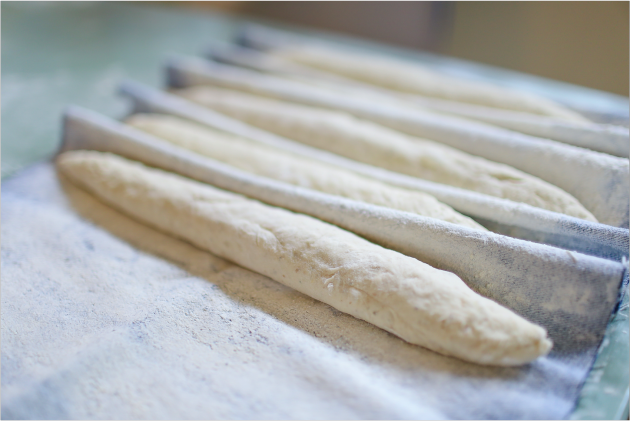
Photo credit: Alicia Bruce, Love Knot Photo
It’s not too much of a stretch to say that in photography, our “yeast” is aperture.
Take Better Photos By Adjusting Your Aperture
Aperture is the pantry staple that is multifaceted, and even a bit complicated, but creates magic in your images.
Fortunately, my practice with photography in general—and aperture in particular—has been much more successful than my practice in the kitchen, and I am prepared to help you add aperture to the list of ingredients you know well!
Mastering aperture is going to require practice, patience, and persistence, but we’ll get there together.
Today we’ll take a small peek at all the ways this amazing ingredient will help you take better photos, and give you a few tips that will make this staple a bit easier to manage.
Ready? Let’s get cooking!
What is Aperture doing to my images?
Aperture controls more than you might think in photography. First, it is probably the most important setting when it comes to having great creative control over your images. This is the setting that allows you to make that silky smooth blurred background that may have been one of the reasons you upgraded to a DSLR camera in the first place!

But aperture does much more than blur the background of our pictures.
One of the most important things aperture does for our images is that it allows us to harness light.
Without getting too technical, aperture essentially controls how light gets into the camera lens. There is a little adjustable hole in a lens that allows light to pass through, and changing the aperture setting incrementally opens or closes that hole.
The numerical value for the aperture, called an f-stop (or sometimes an f-number), corresponds to how open or closed that lens is when we take a picture.
We’ll explore it in more detail in a moment, but for now, let me just add that the lower the f-stop number, the more open and wide the hole in the lens will be.
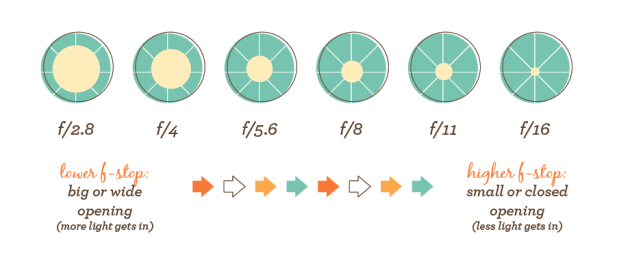
There is a lot to digest here, but the most important (and trickiest) part to keep track of is how the f-stop number affects your lens opening.
Don’t worry if it takes a while to really get this down, because this may also be the most counter-intuitive part of photography to understand f-stops can range from a low of f 1.2 all the way up to f 22, depending on the lens.
One thing I should note here is that all of the key camera settings (ISO, Shutter Speed, and Aperture) work together to create a perfect image, much like the various systems of our bodies work together to keep us in good health.
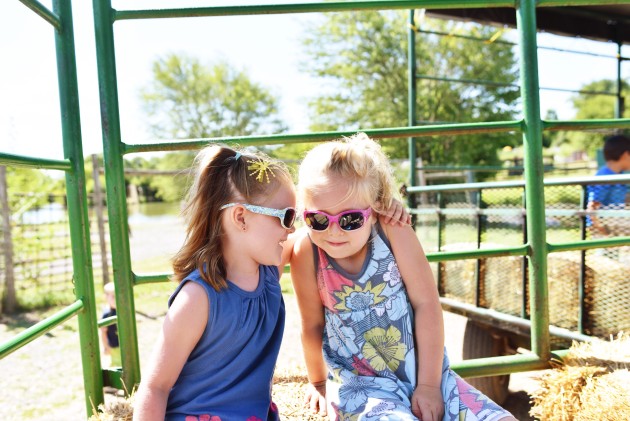
This is actually great news as we inch our way closer to taking better photos, because aperture’s effect on light will help us fine-tune other settings like shutter speed, too.
As our aperture value decreases, more light gets into the lens, allowing our shutter speed to go up.
Lower apertures can be helpful in lower light situations precisely because of this key relationship between aperture and shutter speed.
What else does Aperture control?
There’s another very important creative aspect that aperture also provides: the right aperture value can give your photos the blurred-out background that professional photographers love to use.
Photographers call that blur bokeh (pronounced bō’kā), and the relationship between aperture and the amount of blur is pretty straightforward:
- The wider your lens opening (the lower your f-stop), the more blur you’ll achieve.
- The more closed your lens opening (the higher your f-stop) the less blur you’ll have.
The characteristic that allows you to create or eliminate the blurred areas away from your focus point(s) is called depth of field (or depth of focus). “Depth of field” is just a fancy way of describing how much of your image ends up in focus and how much ends up blurred.
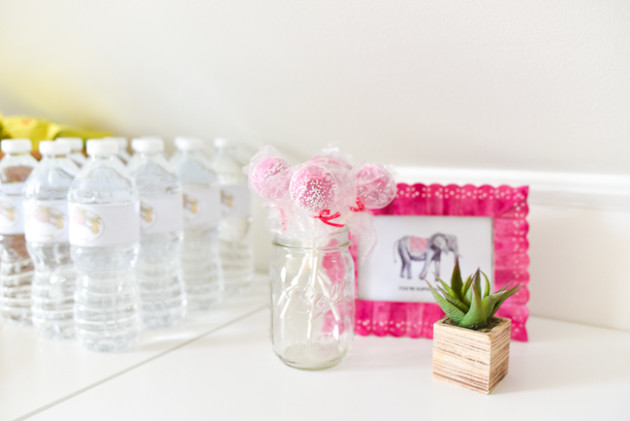
A SMALL OR NARROW DEPTH OF FIELD brings the focus tight on the subject and blurs the foreground and/or background, which is accomplished with a low f stop number and wide open aperture.
A LARGE OR WIDE DEPTH OF FIELD brings more of the surroundings into focus with the subject, thanks to a higher f stop number, which corresponds to a smaller aperture hole.
How do I know what will be in focus and what will be blurry?
You remember that aperture, or f-stop, is all about the ‘depth of focus,’ right? Well the amount of bokeh is based on ‘depth,’ or what’s on the same plane (think geometry, not airlines here) in the frame. That plane of focus is related to the little light-up focus dots in your camera’s viewfinder. Wherever that dot lights up, that is where the plane of crisp, clear focus for your photo will begin.
Low f-stops narrow the depth of field and increase the likelihood of a professional ‘blurry’ background, because the plane of focus is smaller. As you increase your aperture to higher numbers, you widen the depth of focus, so the plane of what remains in focus also increases. That’s why higher aperture numbers mean less of your image will be blurred.
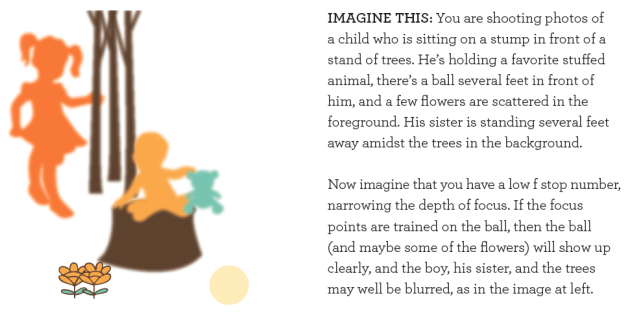
Other factors that affect Aperture settings
Okay, so by now we’ve prepared our “yeast” with sugar, warm water, and allowed it to do some work on our dough. We’ve learned how aperture controls light coming into our camera and that low aperture values are what will give you that professional bokeh. But in typical yeast bread baking, we have to let the dough rise twice! That extra rise is what will perfect our recipe and bring it to a whole new level of fluffy goodness. So, let’s take what you already know and add a second rise.

Both the distance between your subject and their background AND the distance between you and your subject will impact your depth of field.
When we’re tending to our aperture, we must pay close attention to distance and how that also can help create the professional bokeh you desire.
Aperture is a tricky ingredient that controls several aspects of your photography. But with practice, patience, and persistence you’ll be mastering the art of using aperture precisely in no time.
DO THIS NOW: First find some ideal light. Start with a low aperture and snap a photo. Change to a high aperture and snap the same photo. What happens? Next, use a lower aperture value to take a photo both close and far away from your subject. What happens now?
Pin It:
